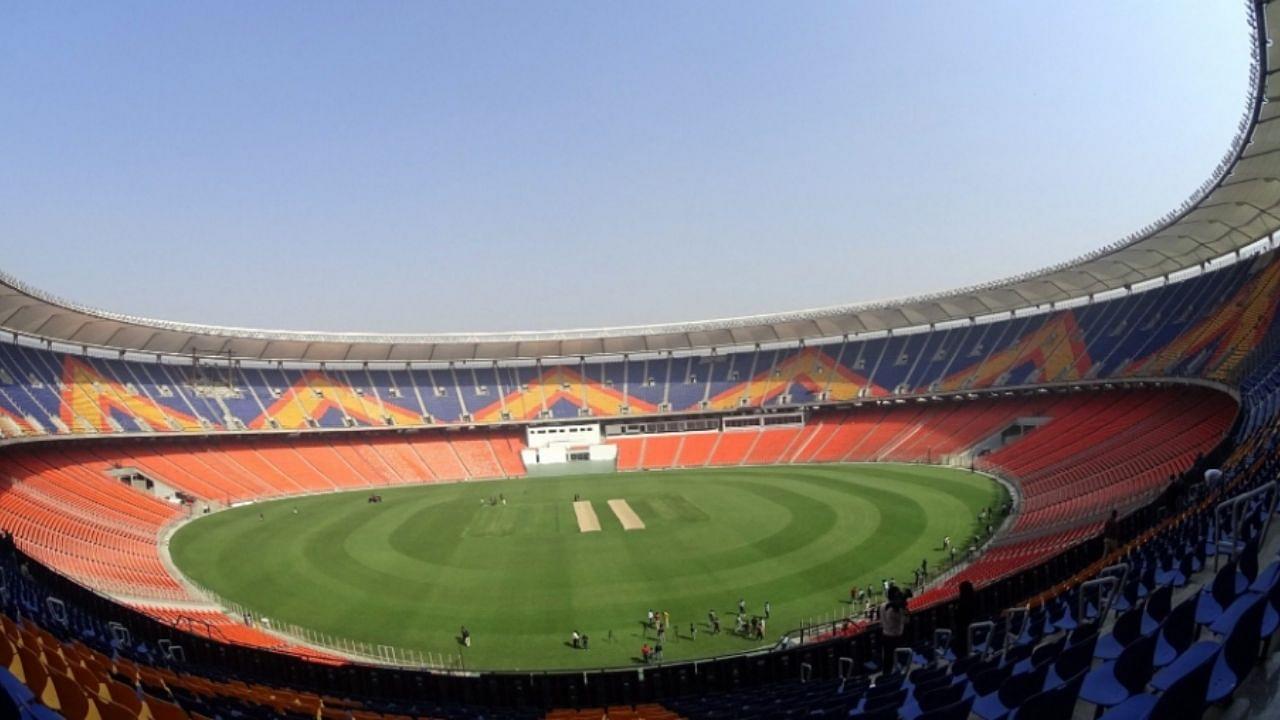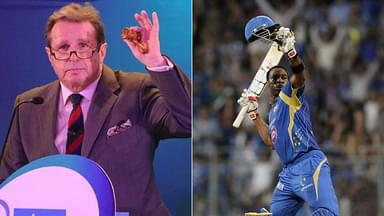Narendra Modi Stadium first name: Situated in Ahmedabad, the stadium is presently the world’s largest in terms of its seating capacity.
Advertisement
The jam-packed Narendra Modi stadium in Ahmedabad, is presently hosting the the lip-smacking ‘Qualifier 2’ between the Rajasthan Royals (RR) and the Royal Challengers Bangalore (RCB), with the former winning the Toss and opting to field first.
The winner of the ongoing clash would meet the Gujarat Titans (GT) at the same venue on Sunday, May 29 in the grand finale.
A win for the RCB tonight would mean that the IPL would have its new champion. On the other hand, the RR have also set their eyes straight at their second title, and what would be a perfect tribute to the late Shane Warne, under who the franchise won the inaugural season in 2008.
As for the iconic stadium, which has hosted 17 complete IPL matches, is spread over 63 acres, with the total area equivalent to 32 Olympic size soccer fields put together.
Narendra Modi Stadium first name
Owned by the Gujarat Cricket Association, the Narendra Modi stadium was previously known as the Sardar Vallabhbhai Patel stadium, or more popularly as the Motera Cricket Stadium, until February last year.
The stadium was named after the first deputy Prime Minister of India, late Vallabhbhai Patel, from 1947-1950, and was built on the banks of the Sabarmati river on the outskirts of the city of Ahmedabad.
It was also named after Motera, which is a place where the stadium is located, at the west of the Sabarmati river.
As per reports, the stadium’s reconstruction work began in the year 2016, after the proposal of incumbent Prime Minister of India Narendra Modi back when he was the Chief Minister of Gujarat, and also the President of Gujarat Cricket Association.
It took mere nine months to reconstruct the stadium with all the modern facilities, and a record seating capacity of over 1,12,000 people, thereby making it the world’s largest Cricket stadium, and the second-largest sports ground in the world after the Rungrado May Day Stadium in Pyongyang, North Korea.




![Most Expensive Player In IPL 2024 Auction [FULL LIST]](https://cdn-wp.thesportsrush.com/2023/12/ae43af1b-pat-cummins-world-cup.jpg?format=auto&w=384&q=75)


